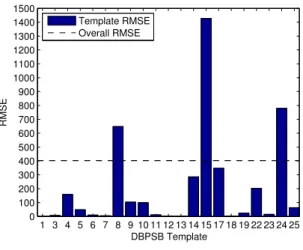A Machine Learning Approach to SPARQL Query Performance Prediction
Texte intégral
Figure
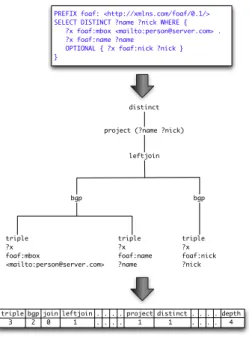
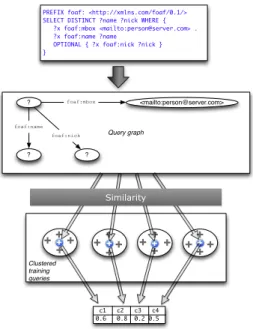
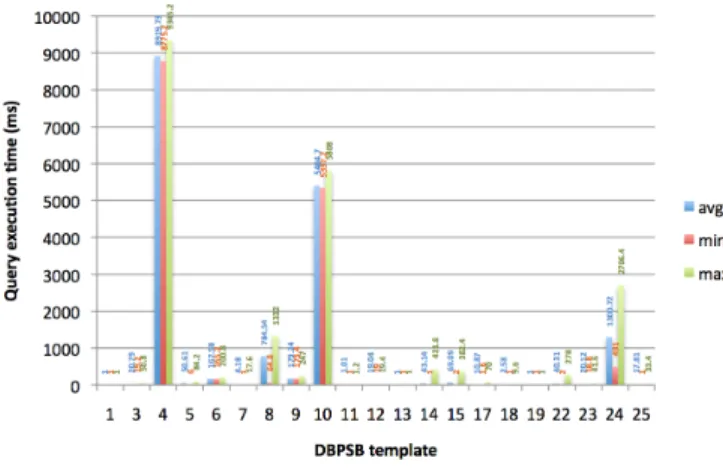
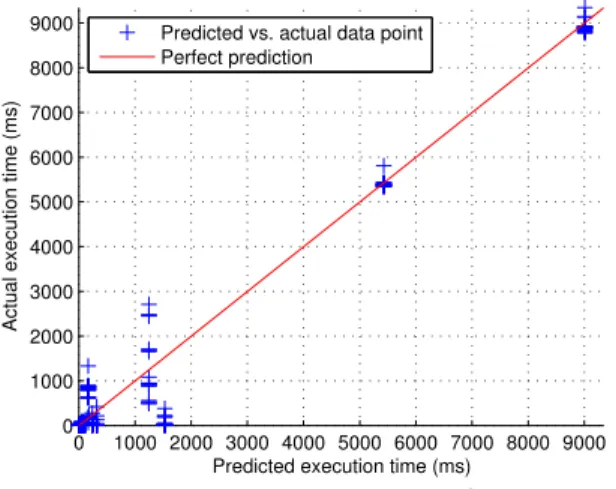
Documents relatifs
This framework, called Lattice Based View Access (LBVA), allows the classi- fication of SPARQL query results into a concept lattice, referred to as a view, for data
Our work demonstrates that mycobacterial NOD2 and Mincle ligands contribute to the adjuvant effect of the mycobacterial cell, and that a necessarily combinatorial formulation
Mapping SPARQL Query to temporal logic query based on NµSMV Model Checker to Query Semantic Graphs.. Mahdi Gueffaz, Sylvain Rampacek,
ـــــــــﻣﺎﺟ ــــــــــــــــــ ناﺮـــــــــــﻫو ﺔﻌـــ 2 ﻟا ﺔﻴﻠﻛ مﻮـــــــــــــــــــﻠﻌ
Using this gold standard, our experiments show that although features based on static characteristics of the query and statistics of changes in the data for individual predicates
While the IRIs returned by an edge label mapping are used as predicates of triples (see function e c,g in Definition 3.2 and, for instance, set G e in Example 3.2), a node label
SQCFrame- work is able to generate customized SPARQL containment benchmarks from real SPARQL query logs.. To this end, the framework makes use of different
Upon VIHCO, we present the algorithms of parallel and se- quential processing, and explore the answers through exper- iments both on synthetic and real dataset, and the results
